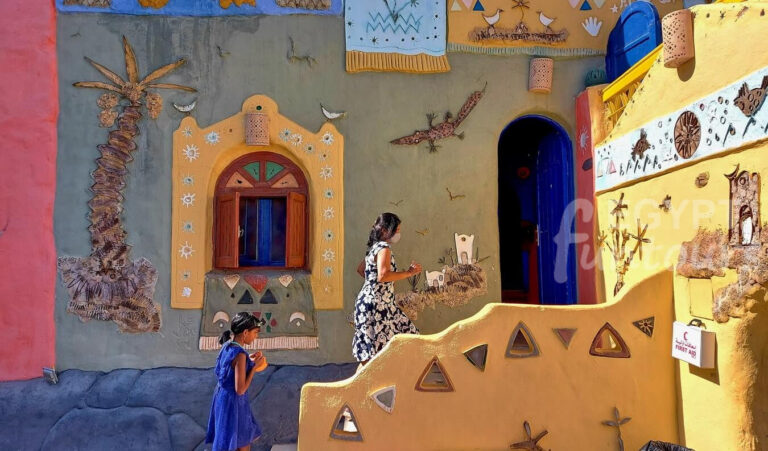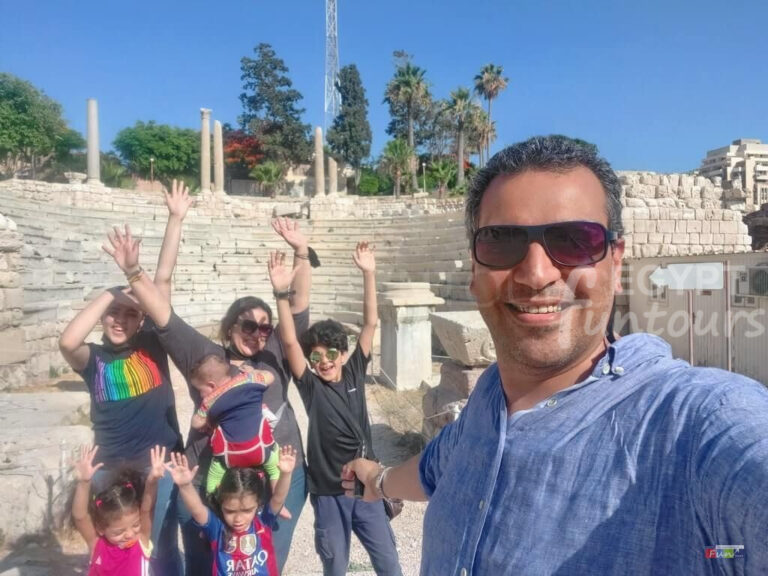In a city of colossal temples and ancient tombs, one museum tells the forgotten story of a civilization, a people, and a land lost beneath the water. Welcome to the Nubian Museum in Aswan. This is not just “another museum”—it is, without a doubt, one of the most important and beautiful museums in all of Egypt.
It is more than a collection of artifacts; it is an ark. It holds the heart and soul of Nubia, a culture as old as Egypt itself, that was nearly erased from history. For anyone visiting Aswan, this museum provides the essential, moving context for everything else you will see.

























